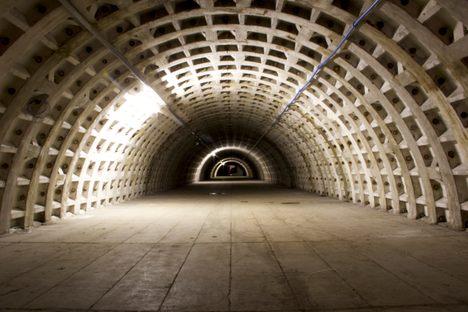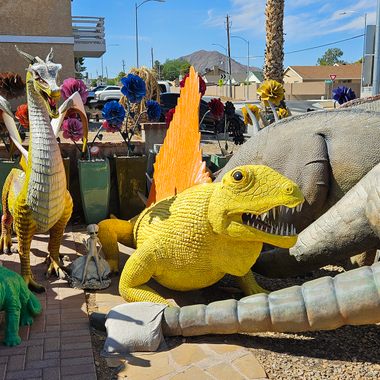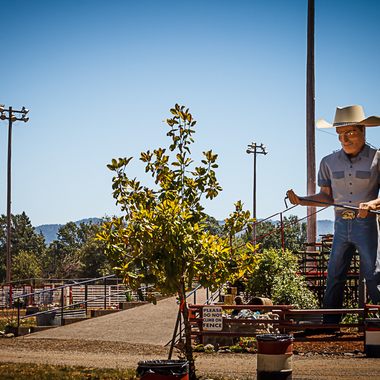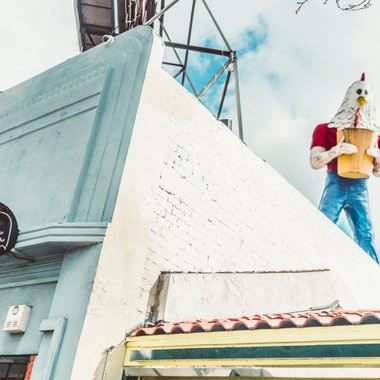Around the World in 7 Futuristic Farms
Creative solutions for the hungry world of tomorrow.
The United Nations estimates that Earth’s human population will jump from today’s 7.6 billion to 9.8 billion by 2050. That’s 2 billion more mouths to feed, on the same planet that has lost a third of its arable land in the last 40 years. In other words, we’re going to need a lot more food produced in a much different way if our whole human experiment is to have a future. Nothing seems to inspire creativity like the looming threat of starvation.
Enter the farms of tomorrow. With smaller footprints and more efficient use of light, air, and soil, these concepts can also operate far closer to exploding urban centers (68 percent of us are forecasted to live in cities by the same 2050 mark, up from today’s 55 percent) than traditional farms, drastically reducing transportation emissions. To mitigate the perilous effects of climate change, we must reverse thousands of years of human evolution by farming like we’ve never farmed before.
This means converting forgotten spaces such as World War II bomb shelters or subterranean caves into food-productive spaces. This means employing cutting-edge technology by building greenhouses out of giant bubbles, or indoor vertical farms grown under artificial lights. This means a floating home where cows and robots produce fresh yogurt.
Whatever it means, the existence of these unexpected, innovative farms give us a taste of the future. They give us a taste of hope.



















Follow us on Twitter to get the latest on the world's hidden wonders.
Like us on Facebook to get the latest on the world's hidden wonders.
Follow us on Twitter Like us on Facebook